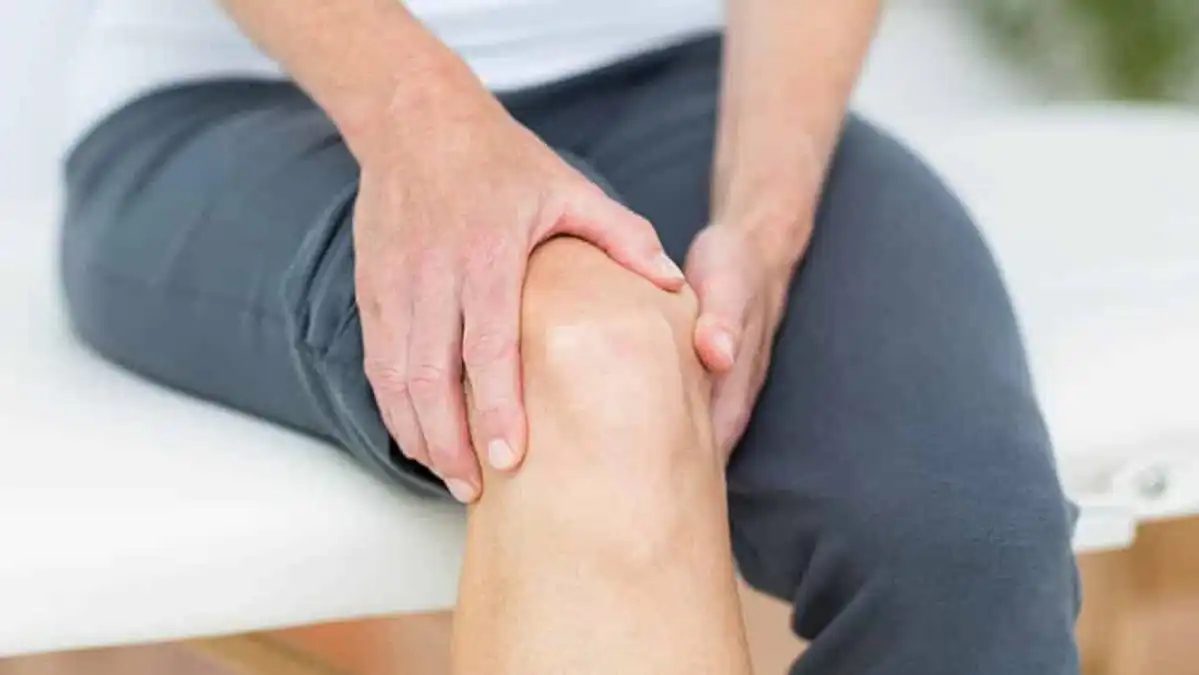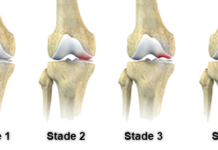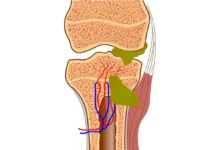- A bursa is a small flat sac lined with synovium.
- The two membranous surfaces of the bursa are normally in contact, separated only by a thin film of lubricating fluid.
- A bursa reduces friction, usually between tendons and bones.
- The cause of bursitis is overuse of the structures surrounding the bursa, resulting in excessive friction and inflammation of the bursa walls.
- Bursitis is often secondary to other conditions such as tendonitis.
- Contributing factors include
- Muscle imbalances
- Poor biomechanics
- Postural dysfunctions (scoliosis or kyphosis)
- Lack of flexibility.
- Less frequently
- Acute trauma
- Infection
- Osteoarthritis
- Gout
- Rheumatoid arthritis
Acute traumatic bursitis frequently occurs in the olecranon, trochanter, ischiatic, prepatellar or calcaneal bursae.
Acute bursitis
- The bursa is compressed and irritated by the surrounding structures.
- Inflammation, heat, and swelling are present.
- The pain is deep and burning, at rest or during activity. It may refer to some distance from the bursa. Pain may disrupt sleep, especially if compressed.
- Range of motion of the affected joint is restricted. Distal or proximal joints may have reduced range of motion if there is a muscle or fascia crossing the affected bursa.
- Other conditions, such as tendonitis, may be present.
Chronic Bursitis
- Pain or soreness is experienced with activity or with direct compression. Pain is more localized to the bursa.
- Chronic inflammation, fibrosis, and adhesions are present.
- The range of motion of the affected joint is less restricted than in the acute stage.

























